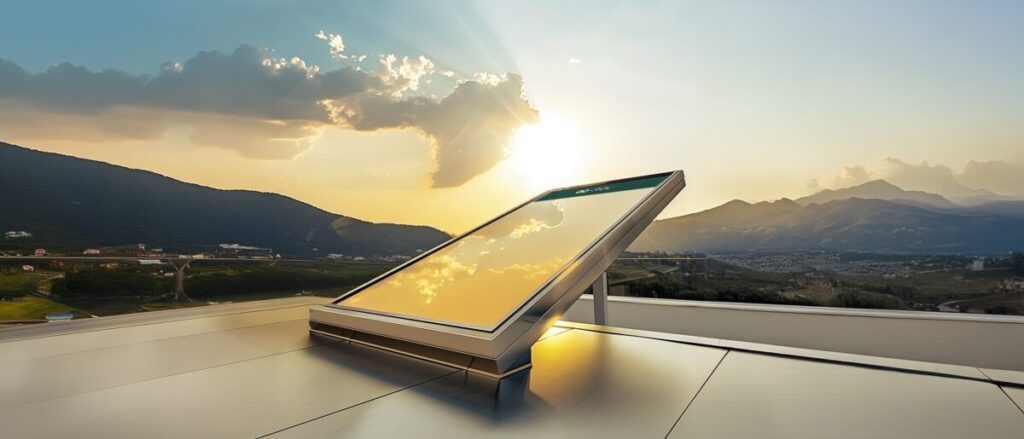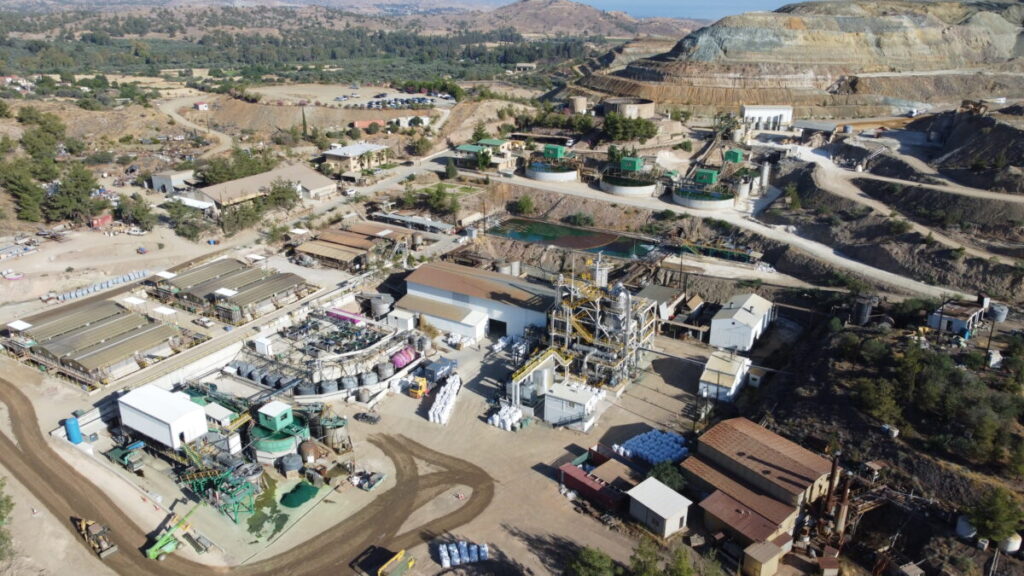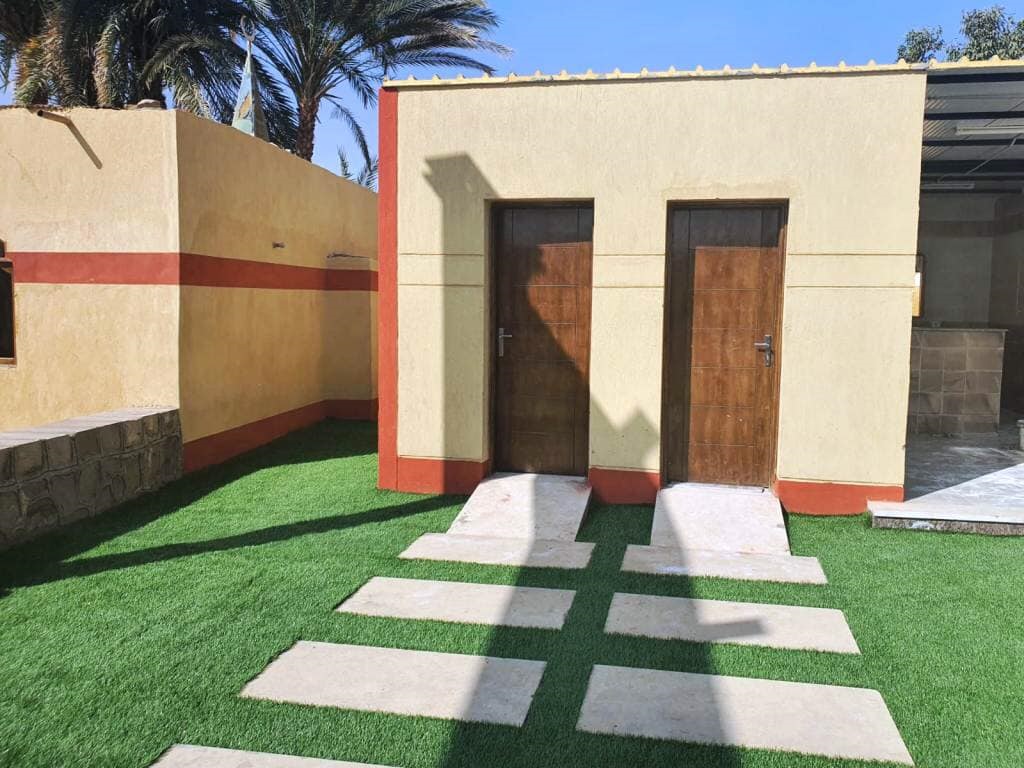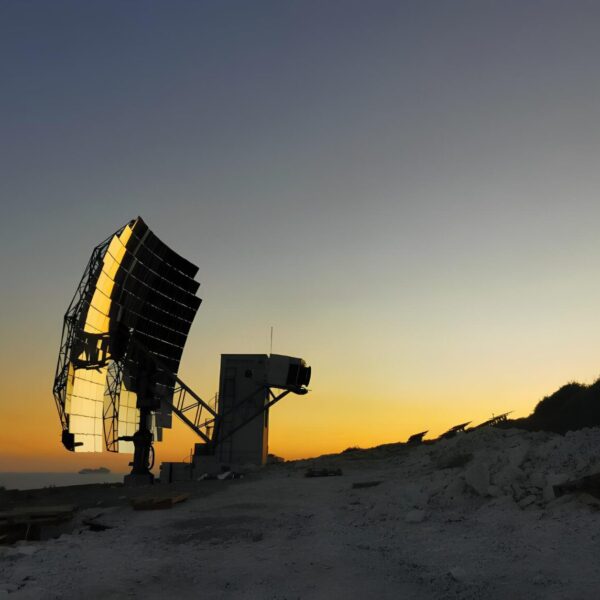At a time when the effects of climate change are increasingly felt every day, the countries around the Mediterranean are not standing idly by. Far from major summits, concrete solutions are emerging. Solar hydrogen, clean nickel, thermal heliostats, or carbon-neutral villages: the energy transition is happening here and now, at the intersection of environmental, geopolitical, and industrial challenges.
This article, on the energy transition, is a summary of 4 articles published in 22-med. They can be found in the 11 languages used on the site:
Soon green hydrogen without electricity: by Caroline Haïat
With hydrometallurgy, green energy solutions?: by Andri Kounnou
In Cyprus, renewable energy from the sun and salt: by Andri Kounnou
In Egypt, smart "Green Villages": by Mohamed Ahmed
From the Egyptian desert to Israeli laboratories, through Cypriot mines, a new generation of energy solutions is emerging. Driven by urgency, these solar, hydrometallurgical, or territorial innovations are overturning existing models.
More than just a technological adjustment, these initiatives represent a paradigm shift. Each of them addresses a common imperative: to produce, store, or consume energy differently.
Truly green hydrogen... without electricity
In Israel, a start-up is betting on the sun to produce truly green hydrogen. QD-SOL aims to disrupt the hydrogen market by doing away with... electricity. Thanks to a photocatalytic technology developed by Professor Lilac Amirav, the company directly converts sunlight into hydrogen, bypassing the costly step of electrolysis.
A revolution made possible by nanoparticles capable of separating water molecules under the effect of solar radiation. "We eliminate emissions and significantly reduce production costs," insists Asaf Abramov, head of strategy at QD-SOL. With a target price of $2.70/kg expected by the end of 2026, the process aims to compete with traditional methods, which are largely dependent on fossil fuels.
Beyond technical performance, the stakes are global. "Gray" hydrogen still represents 95% of global production. However, each kilogram of this "clean" fuel actually generates 12 kg of CO₂ when produced by methane reforming. This undermines its ecological interest.

@QD SOL
In Cyprus, the dual energy of PROTEAS
Another approach, another territory: in Cyprus, the PROTEAS research center focuses on the sun and salt. In the coastal village of Pentakomo, 50 heliostats direct sunlight toward a central tower, heating molten salt to generate up to 150 kW of thermal power.
The installation allows for the production of electricity, but also potable water. Thanks to a desalination unit based on reverse osmosis, it provides two cubic meters of fresh water each day. "We are testing technologies that combine energy and climate adaptation here," explains researcher Marios Georgiou. PROTEAS serves as a unique testing ground for solar desalination, smart energy management, and Stirling engines.
And the approach is inclusive: the public can even "adopt" a heliostat to support research. A unique way to finance the transition while raising awareness of water scarcity and the solar wealth of the region.
...and the hydrometallurgical bet
On the mountain side, it's the underground that comes into play. At the site of the historic Skouriotissa mine, Hellenic Minerals extracts and purifies nickel using a low-energy process: hydrometallurgy.
This process involves dissolving laterite (a nickel-rich ore) before crystallizing the metal in the form of sulfate (NiSO₄·6H₂O). The result: a pure material, directly usable for the manufacture of high-performance batteries — essential for electric vehicles or renewable energy storage.
Less energy-intensive than traditional metallurgy, hydrometallurgy significantly reduces emissions and waste. A renaturation program accompanies the site, located in the UNESCO-listed Troodos Geopark. "We want to make industrial innovation and environmental preservation coexist," assures Nikolaos Dimopoulos, the company's general manager.

In Egypt, large-scale green villages
Further south, in Egypt, the energy transition is taking place on a territorial scale. In the Aswan governorate, the village of Farès has become the country's first "Green Village": zero carbon, 100% solar, entirely designed to adapt to local climate constraints.
Solar roofs, tertiary filtration wastewater treatment plants, solar-powered LED street lighting, renovated irrigation networks, and wastewater recovery for agriculture... This program, launched after COP27, aims to generalize this type of model across the 27 governorates of the country.
Architect Sara El Battouty, who leads the project, emphasizes a new architectural approach: "It is about intelligence in design, buildings capable of adapting to heat waves, floods, while optimizing natural resources." Three Egyptian villages have also received the international label from the Green Building Council, a world first for rural areas.

A Mediterranean in transition
From solar hydrogen to Cypriot heliostats, from pure nickel to climate-resilient villages, a common thread connects these projects: their Mediterranean roots. This region, historically under energy and climate tension, is paradoxically becoming a laboratory for green innovation.
These solutions, while distinct, together outline an energy future where dependence on fossil fuels fades in favor of sustainable, often local, and sometimes unexpected approaches. The Mediterranean is no longer just a receptacle for the effects of climate change: it is now establishing itself as a hub of experimentation.
Featured Photo: Heliostats are equipped mirrors that follow the movement of the sun. The unit is designed to operate with a thermal power of 10 kW and to produce up to 2 m³ of distilled product per day @TheCyprusInstitute
